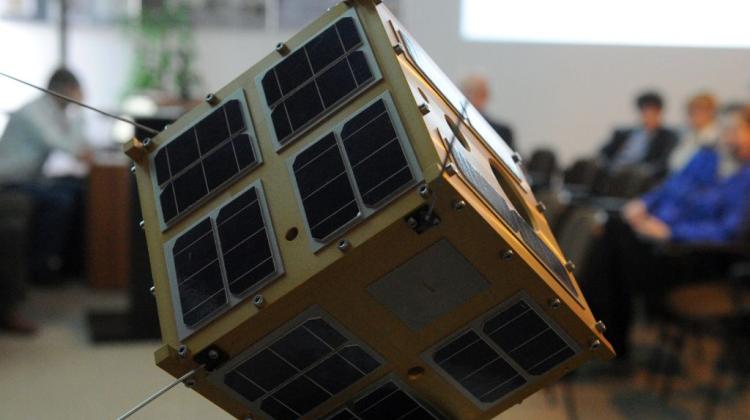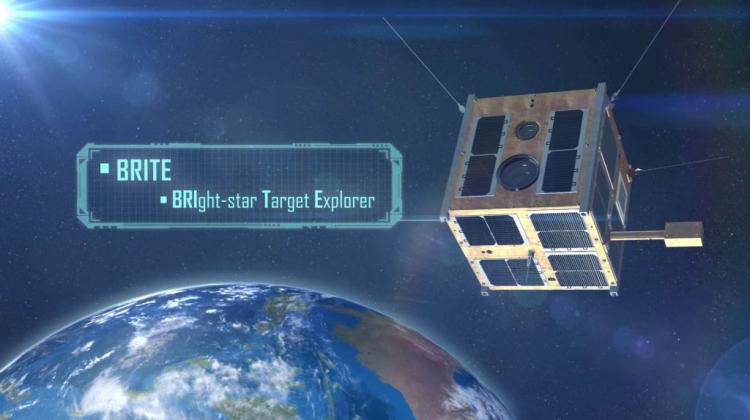Launch of the Polish scientific satellite Hevelius postponed to July
 Photo: PAP 2014/Grzegorz Jakubowski
Photo: PAP 2014/Grzegorz Jakubowski
Due to the failure of Chinese rocket, the earliest possible launch date of Hevelius - Polish scientific satellite - is July, told PAP Eng. Tomasz Zawistowski. This is another launch date change in few months.
Originally, the satellite was supposed to launch in late December 2013 on Chinese Long March 4B rocket. However, shortly before the planned launch of Hevelius, Brazilian satellite carried by a rocket of this type landed on Antarctica instead of space. This was the first failure of this type of rocket.
Since then, the Hevelius launch date has already been moved several times.
"Rocket manufacturers very thoroughly analyze any such event to avoid repeating the same mistake. The Chinese have to examine the causes for this event and analyze the data sent by the rocket. Such process usually takes several months. We are on the first flight, which will be carried out after the accident, which is why the Chinese want to make sure that this does not happen again" - said Tomasz Zawistowski of the Space Research Centre PAS in Warsaw.
He added that the exact launch date was still unknown. "It will probably be mid-July, but we have no confirmation yet. We will probably know it in a month" - he said.
In space, Hevelius will join Lem, the first Polish satellite launched in November 2013. By the end of January Lem has already circled the Earth more than 1400 times, made three test images and stabilized its motion in orbit, which means it ceased to tumble. Testing its operational modes began in early February.
Polish satellites, together with two Austrian and two Canadian satellites, participate in the international project BRIght Target Explorer Constellation - BRITE. It is a group of six nanosatellites, objects with very small sizes. Lem and Hevelius weigh less than 7 kg, and have a cube form with sides of about 20 cm. Until now, such small devices have used as amateur and educational satellites.
Meanwhile, Lem and Hevelius as the first such small devices that have a scientific task. Orbitting at an altitude of 800 km, for a few years they will carry out precise measurements of 286 brightest stars in the sky. They will provide information about the internal structure of stars and the details of their internal physical processes, such as thermonuclear reactions, mixing of matter, energy transport from the centre to the surface by convection, and radiation.
Polish scientific satellites have been developed by experts from the Space Research Centre PAS and the Nicolaus Copernicus Astronomical Center in Warsaw, in cooperation with the University of Vienna, Technical University of Graz, the University of Toronto and the University of Montreal. Ministry of Science and Higher Education allocated PLN 14.2 million to their construction. The names for the satellites were selected in 2010 by Internet users in a vote on the Ministry of Science website.
PAP - Science and Scholarship in Poland
ekr/ agt/ jbr/
tr. RL
Przed dodaniem komentarza prosimy o zapoznanie z Regulaminem forum serwisu Nauka w Polsce.


















